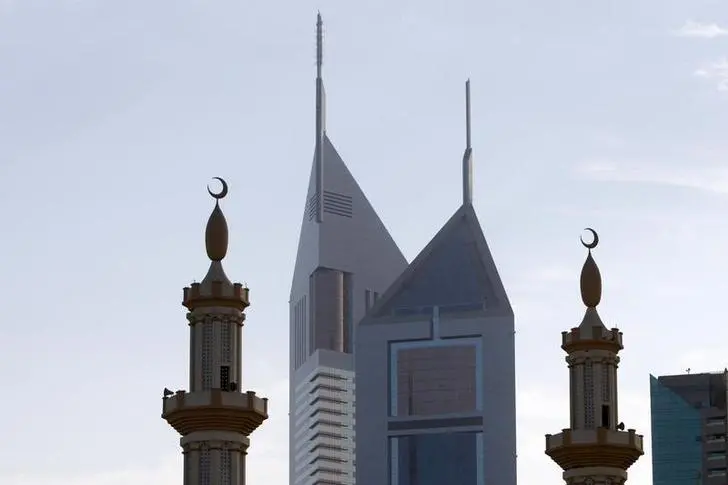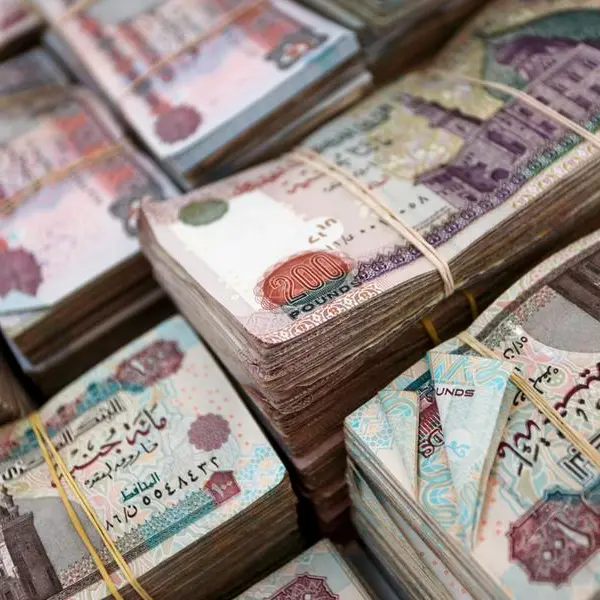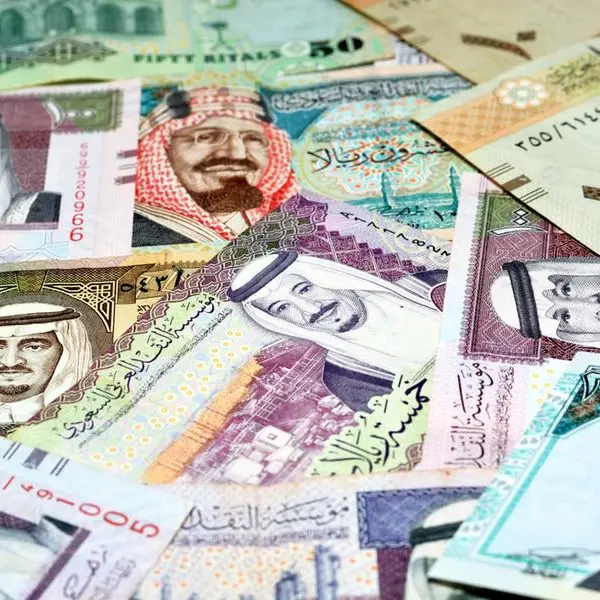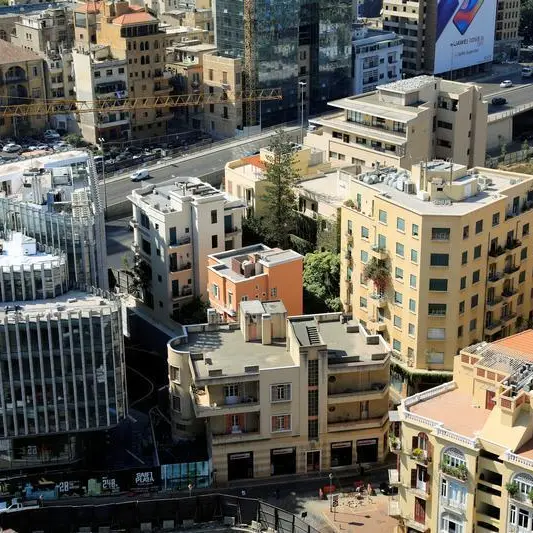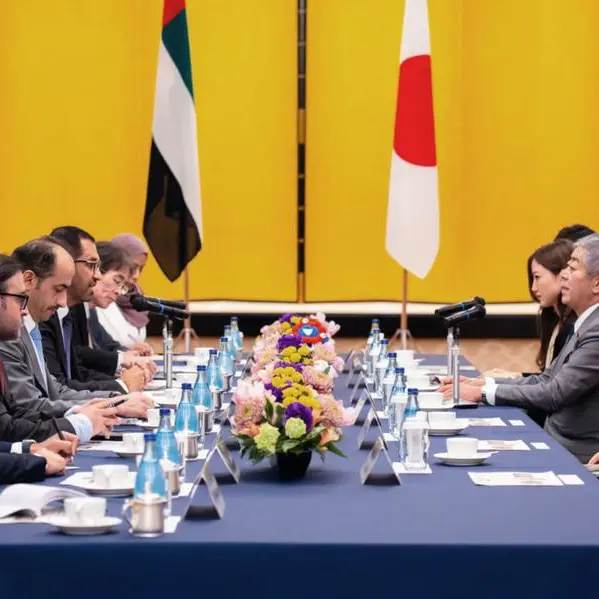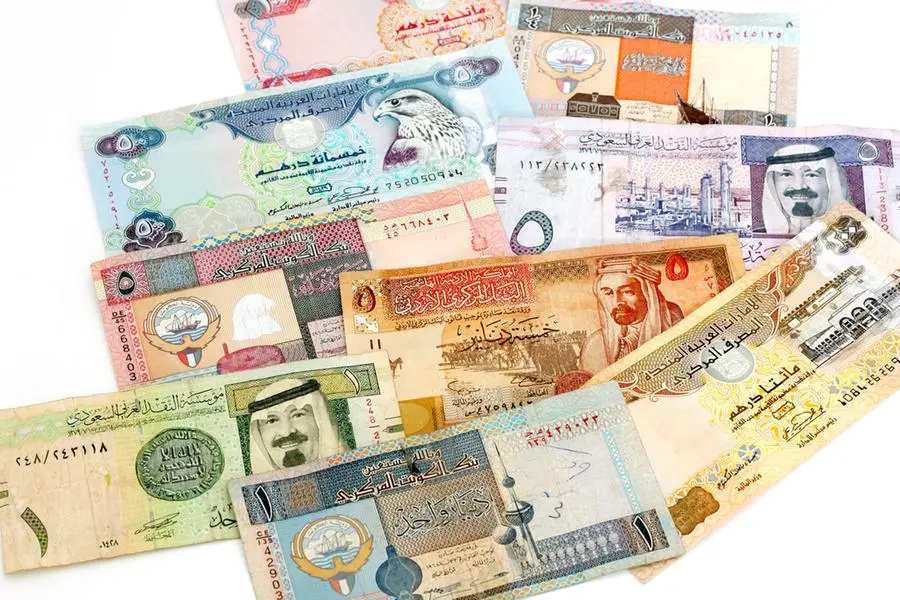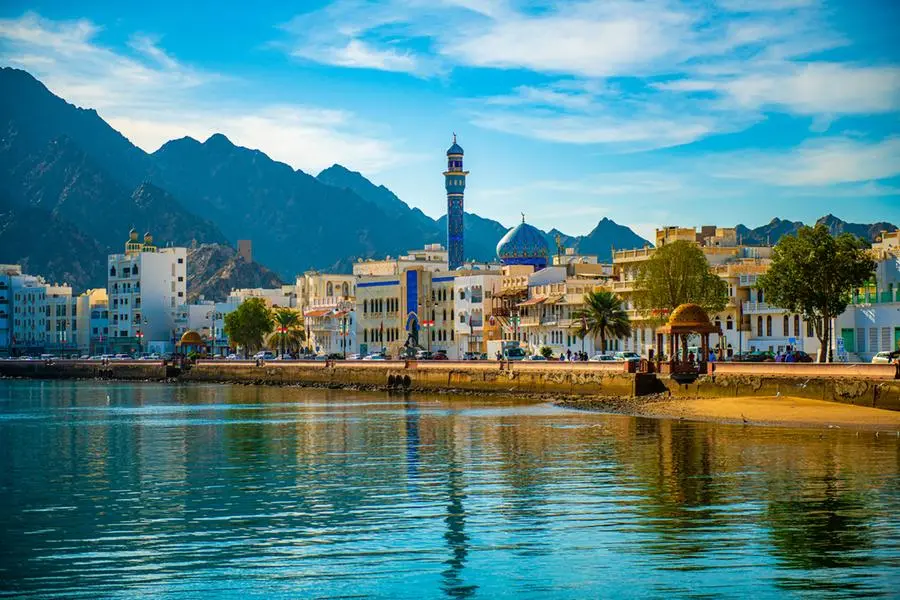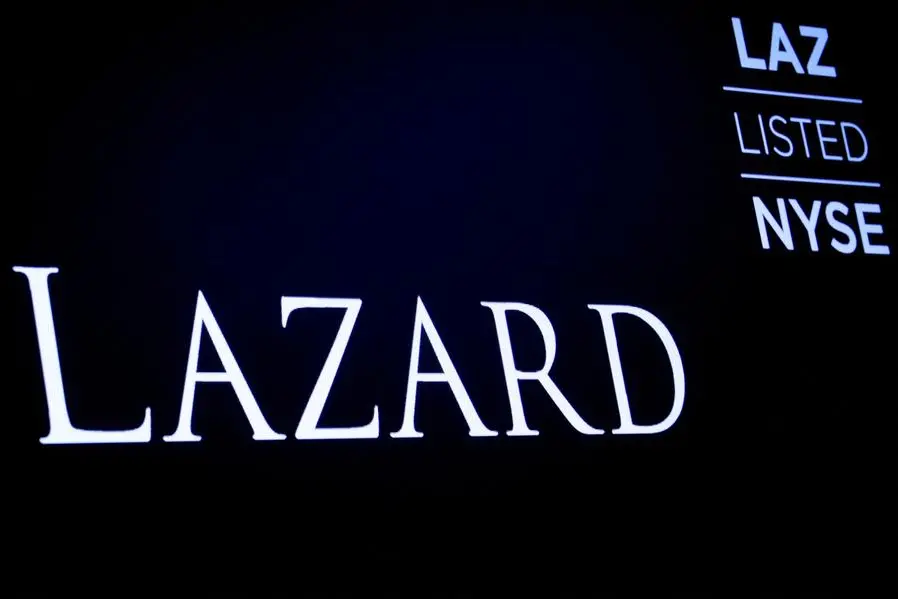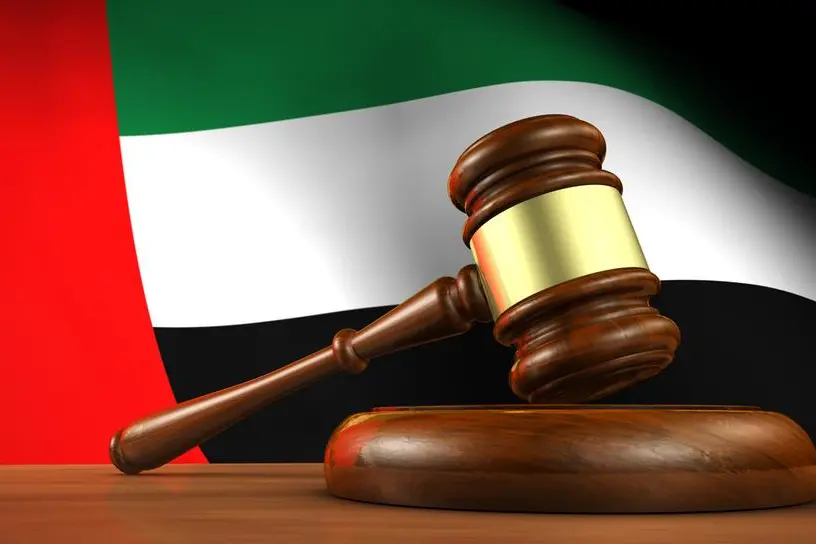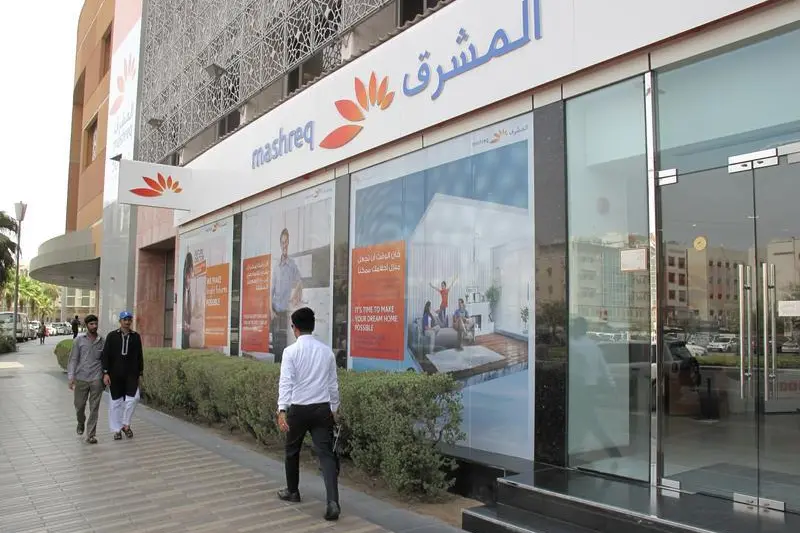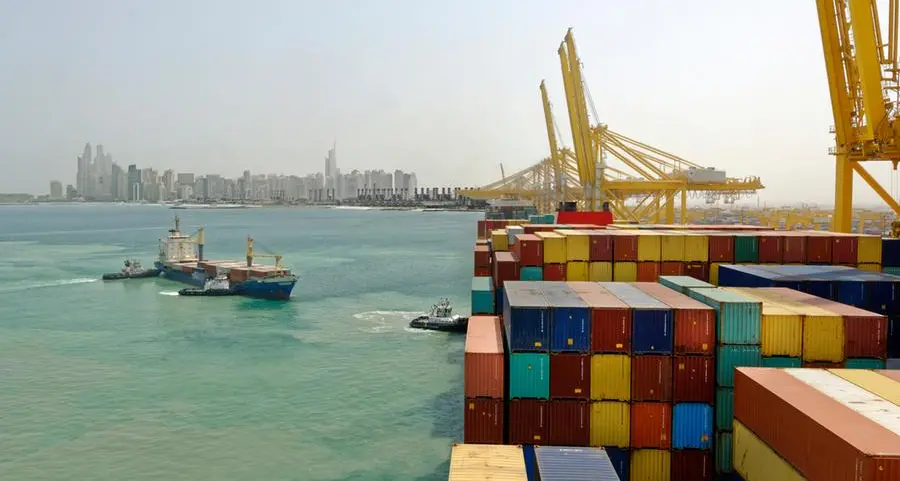PHOTO
Image used for illustrative purpose. Emirates Towers are seen between the twin minarets of a mosque in Dubai.
The share of the Organisation of Islamic Countries (OIC), in the global economy shrank last year, accounting for 8 per cent or $6.6 trillion of global economy which is estimated at $86.6 trillion, according to International Islamic Trade Finance Corp (ITFC).
The share of OIC member states in world trade accounted for 9.22 per cent in 2018, a stagnation with the 9.29 per cent recorded in 2016, but a decrease if compared with the 11 per cent of world trade reached in 2014.
The top 10 countries - which includes Malaysia, Turkey, the UAE, Saudi Arabia, Indonesia, Iran, Iraq, Qatar, Egypt and Kuwait - pitched in $2.4 trillion, or 72.7 per cent, of member countries' world trade.
In terms of trade in services, the UAE leads followed by Saudi Arabia, Malaysia, Turkey, Indonesia, Qatar, Egypt, Kuwait, Morocco and Iran. These countries accounted for 80 per cent of the total trade of OIC countries.
The average overall GDP growth of OIC member countries is expected to reach 2.7 per cent in 2019, lower than the 3.4 per cent growth in 2018, said ITFC, a member of Jeddah-based Islamic Development Bank (IsDB).
Dr Bandar Hajjar, president of IsDB Group, said with only 10 years left to achieve the Sustainable Development Goals (SDGs), there is a need to shift away from conventional development approaches.
"We need to move from aid to empowerment by creating a conducive environment to foster social and economic development in the member countries. Financing is only one aspect of a holistic approach that should also include capacity development, institution building, and investment climate improvement," added Dr Hajjar.
Intra-OIC trade
The ITFC study found that the volume of intra-OIC trade reached in 2018 had a value of $763.4 billion compared to $644.3 billion in the previous year, an increase of 18 per cent. OIC member countries are on track for the 25 per cent threshold of intra-OIC trade targeted by 2025. About 28 countries reached the target and the share of intra-OIC trade in the total trade of member states went from 18.69 per cent in 2016 to 21.22 per cent in 2018.s
Arshad Khan, co-founder and CEO of Arabian Bourse, says out of 57 OIC member states, 10 countries account for over 74.6 per cent of the intra-OIC trade while GCC countries accounted for over 47 per cent of that total, followed by Asia (24 per cent), the Middle East (20 per cent) and Sub-Saharan Africa (5 per cent).
He stressed that there is a need to increase the trade flows by decreasing both tariff and non-tariff barriers in OIC countries.
"Ensuring seamless customs clearances through digitisation, single-window clearance for foreign trade, efficient logistics services at ports and removing technical barriers, establishment of free trade areas and adherence to the guiding principles of investment facilitation shall further enable OIC countries to work towards achieving the goals of the OIC-2025 10-year Plan of Action that aims to increase the share of intra-OIC trade to 25 per cent," he said.
In addition, OIC countries could focus on regional free trade agreements which would increase employment opportunities as well in the member states.
"In the times when international trade agreements may get re-written, more emphasis can be given for increasing the trade possibilities between the OIC countries. This indicates a huge potential for growth in intra-OIC trade flows that accounted for only 3.3 per cent of the OIC member states' GDP in the year 2017," added Khan.
Copyright © 2020 Khaleej Times. All Rights Reserved. Provided by SyndiGate Media Inc. (Syndigate.info).
